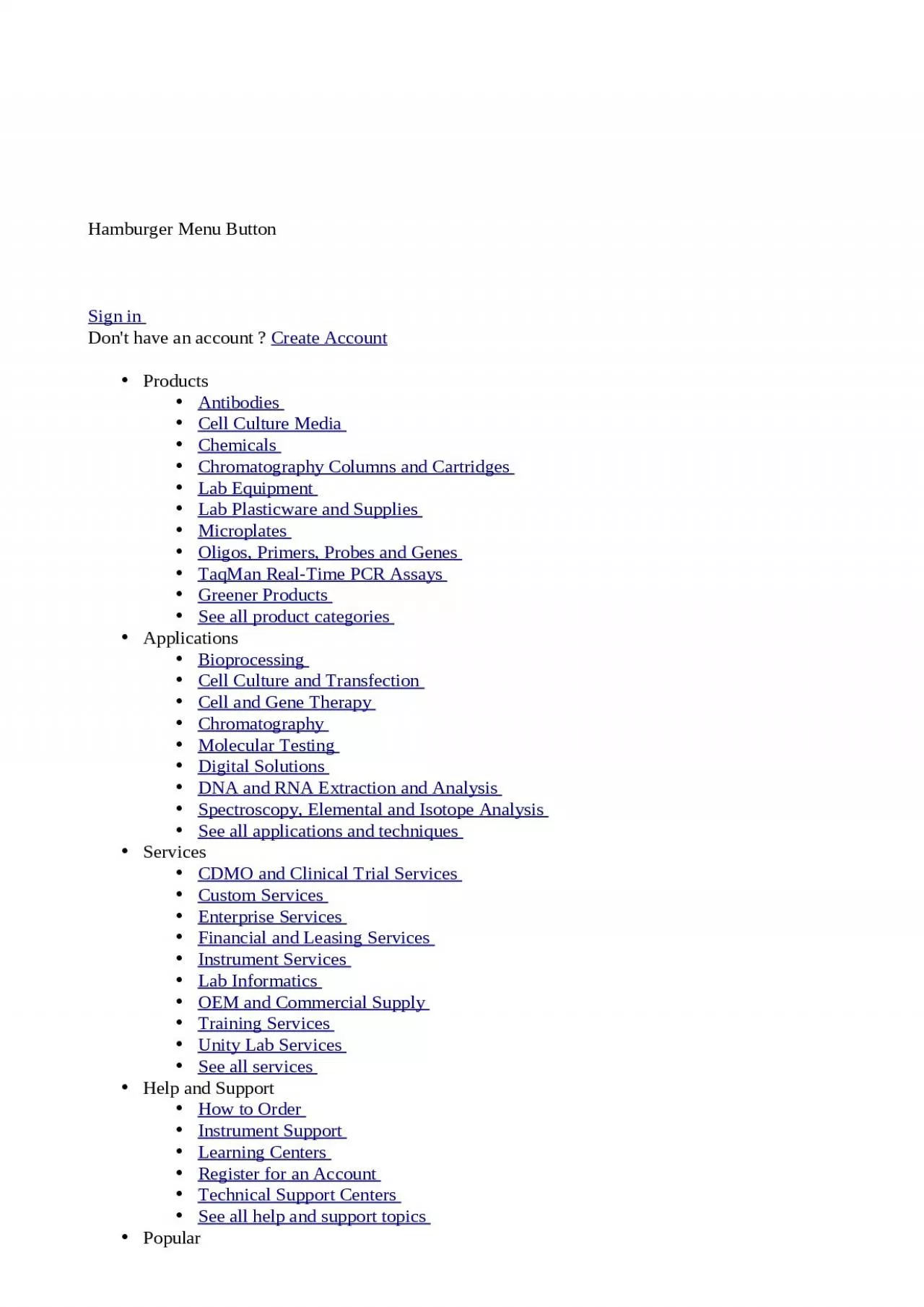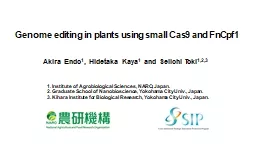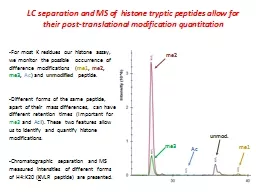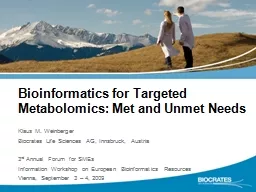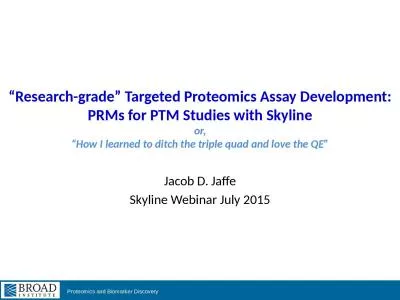PPT-How to Best Utilize Your QE for Targeted Quantitation Using
Author : joyce | Published Date : 2022-06-11
TraceFinder TM Software Nicholas Molinaro Senior Applications Scientist Jamie Humphries Sr Product Manager Kevin McHale LCMS Applications Leader Charles
Presentation Embed Code
Download Presentation
Download Presentation The PPT/PDF document "How to Best Utilize Your QE for Targeted..." is the property of its rightful owner. Permission is granted to download and print the materials on this website for personal, non-commercial use only, and to display it on your personal computer provided you do not modify the materials and that you retain all copyright notices contained in the materials. By downloading content from our website, you accept the terms of this agreement.
How to Best Utilize Your QE for Targeted Quantitation Using: Transcript
Download Rules Of Document
"How to Best Utilize Your QE for Targeted Quantitation Using"The content belongs to its owner. You may download and print it for personal use, without modification, and keep all copyright notices. By downloading, you agree to these terms.
Related Documents

